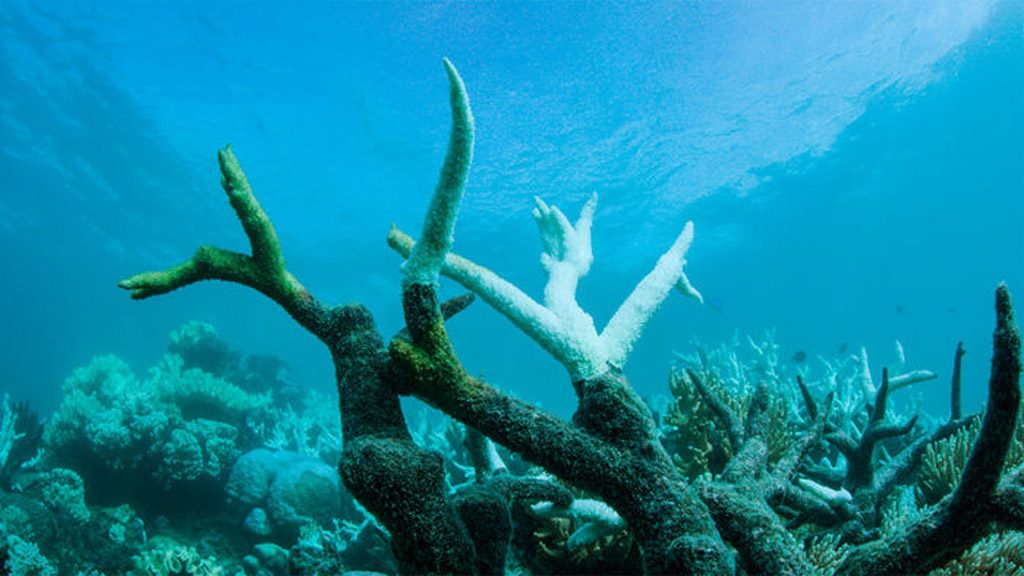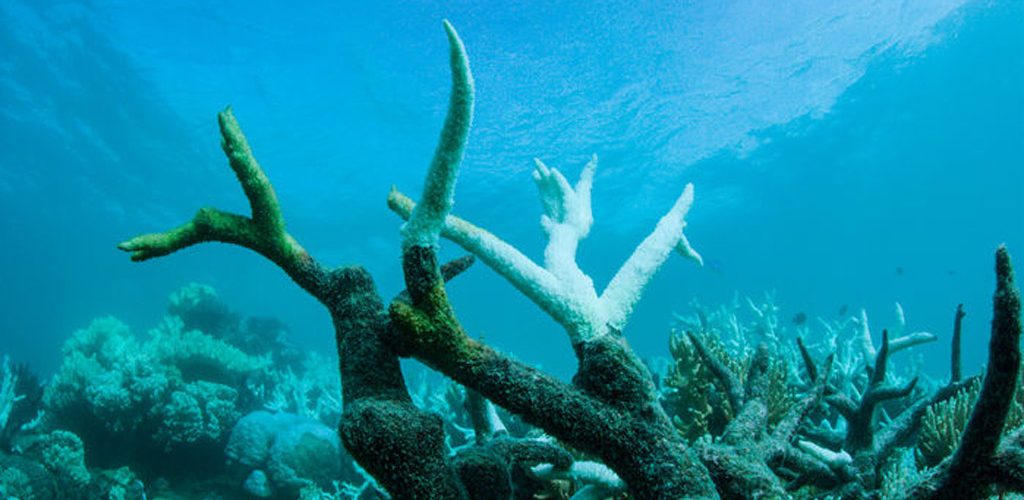Australia’s Great Barrier Reef is one of nature’s wonders; it’s so beautiful that people flock from all around the world to see it. It stretches over 2300 kilometers and has an area of about 344,000 square kilometers. It is also the largest single structure created by living organisms.
But lately it isn’t faring as well as can be hoped for. The reef and the unique eco system it supports are in a lot of trouble. Last year two thirds of the corals in the northern sector of the reef died and there was extensive bleaching because of rising ocean temperature. This was one of the major and by far the worst event of bleaching, the other two major events occurred in 1998 and 2002. But the situation is only getting worse and it’s quite evident because another severe bleaching event is occurring and it seems to be concentrated in the southern sector this time round.

Bleaching occurs when corals are forced to expel tiny photosynthetic zooxanthellae algae. This alga is the main source of energy for corals. The expulsion generally occurs due to change in ocean temperature and other stresses. Though expelling the algae doesn’t automatically kill the coral, the longer they are without it, the greater the chance of death. In case the water stays warm for a longer period, severe bleaching is likely to occur and large sections of coral will die.
Corals may take as much as 15 years to recover from severe bleaching incidents. Which is why the situation is looking grim. According to Terry Hughes, the lead author of a recent study published in the journal Nature, “Globally what’s been happening is the number of these bleaching events is going up and up, and the time interval between them is shrinking,” said Hughes. “The end game if we don’t deal with emissions would be annual bleaching every year.”
The Great Barrier Reef is a world heritage site and it is protected by governments, individuals and organizations that do their utmost to preserve the water quality and keep pollution caused by human activity to a minimum. The study finding shows that though these measures are helping, the change in ocean temperature will override any headway these measures might be making in restoring the reef.
“On the remote northern Great Barrier Reef, hundreds of individual reefs were severely bleached in 2016 regardless of whether they were zoned as no-entry, no-fishing, or open to fishing, and irrespective of inshore–offshore differences in water quality,” the study notes.































